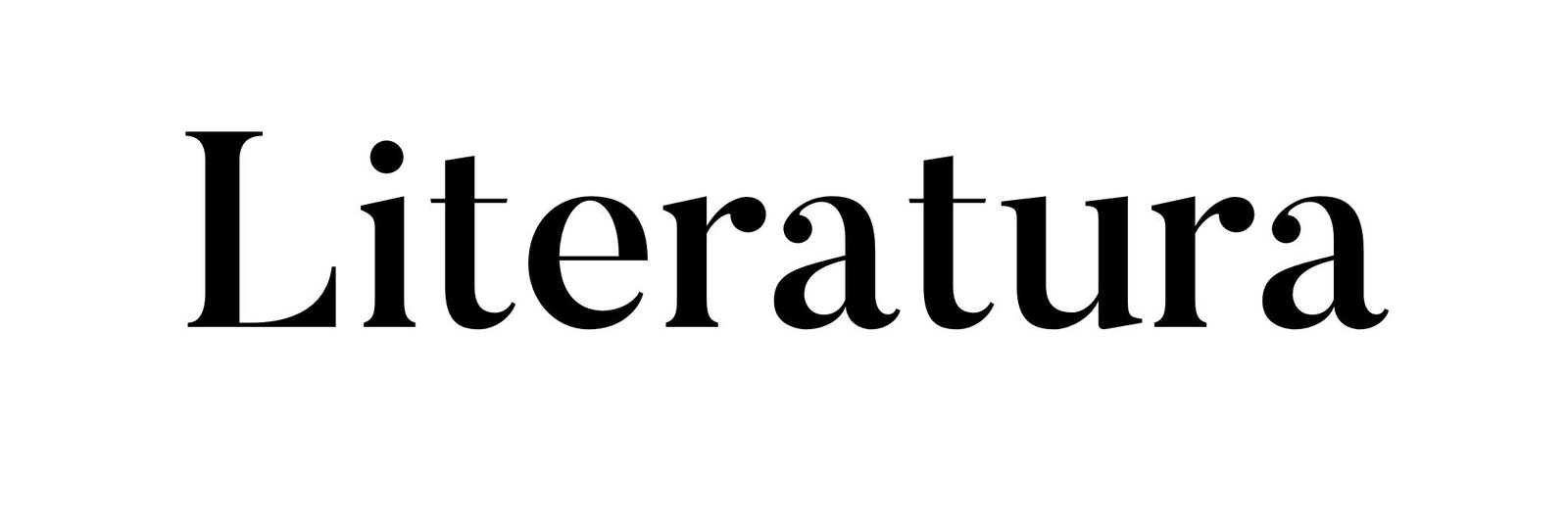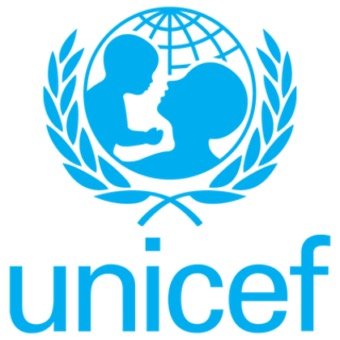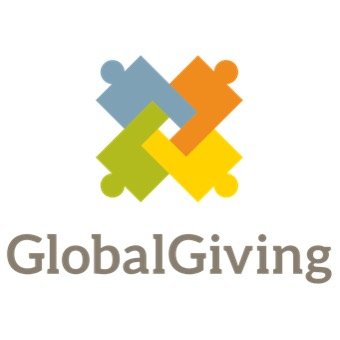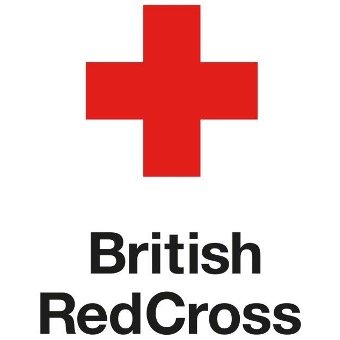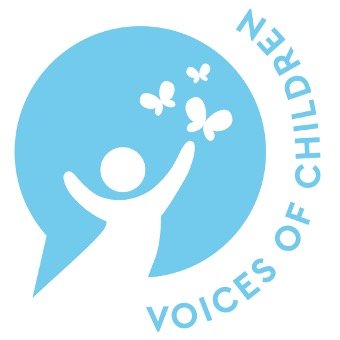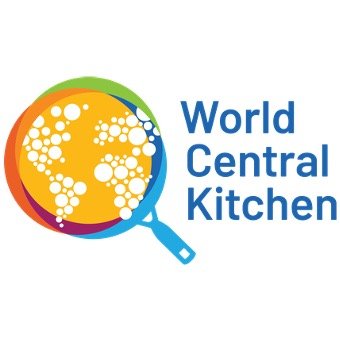Russo-Ukrainian War: the Tangled History Behind the Ongoing Conflict
Author: Rebecca Bailey
.
Posted: 1 August 2024
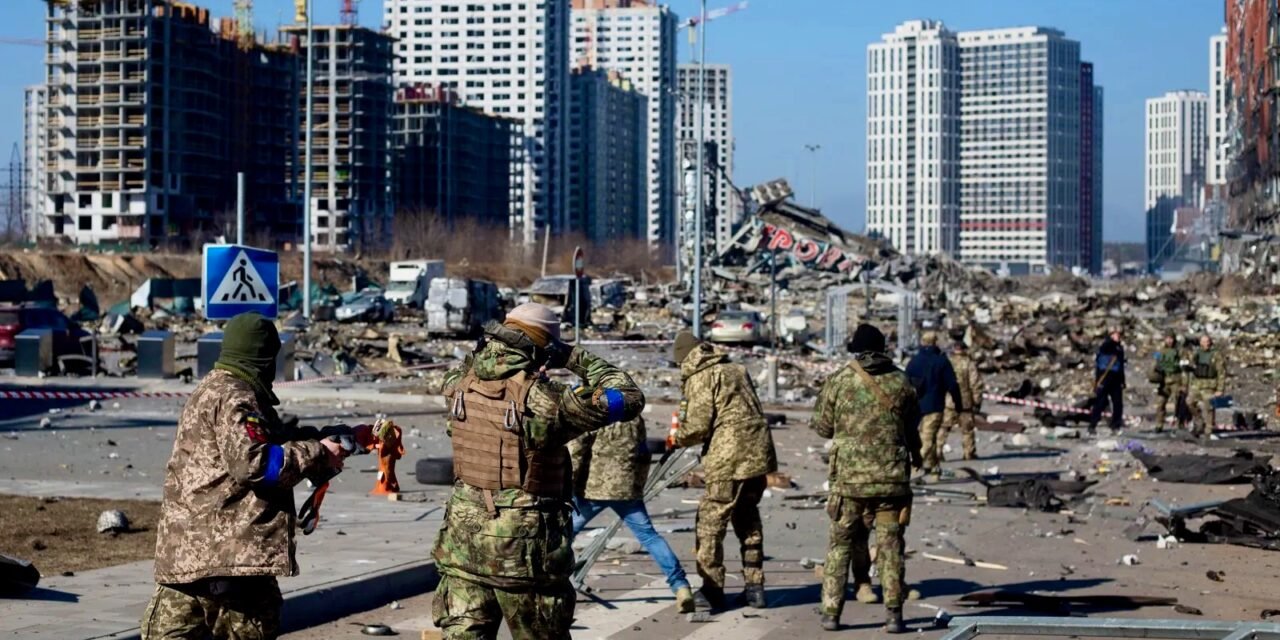
Ukraine’s story is one of repression, undue influence and Russian stronghold. Though the Russia-Ukraine conflict flared up in 2014 and 2022, this was by no means the beginning. In fact, the conflict between Ukraine and Russia is almost as old as the Crusades.
Though the conflict dates back much further, this article will outline the conflict from the beginning of the Russian Empire in 1721 to the Russian invasion of Ukraine in 2022.
Rule of the Russian Empire
Prior to the birth of the infamous Russian Empire, most of modern-day Ukraine was formally governed by the Polish-Lithuanian Commonwealth. On Peter the Great’s accent as Emperor of Russia in 1721, the Romanov dynasty ended and the Russian Empire began. From 1772 to 1795, western and southern Ukraine were absorbed into the Russian Empire through the partitions of Poland and the annexation of Crimea in 1783.
The 1800s saw the uprising of nationalist movements throughout Europe, with Ukraine being no exception. The Ukrainian people underwent a cultural reawakening in the forms of literature, education and historical research. This was also the first time the people began to refer to themselves as Ukrainians and started calling for self-rule. Galicia, an area spanning modern-day southeastern Poland and western Ukraine, became a hub for Ukrainian political and cultural activity.
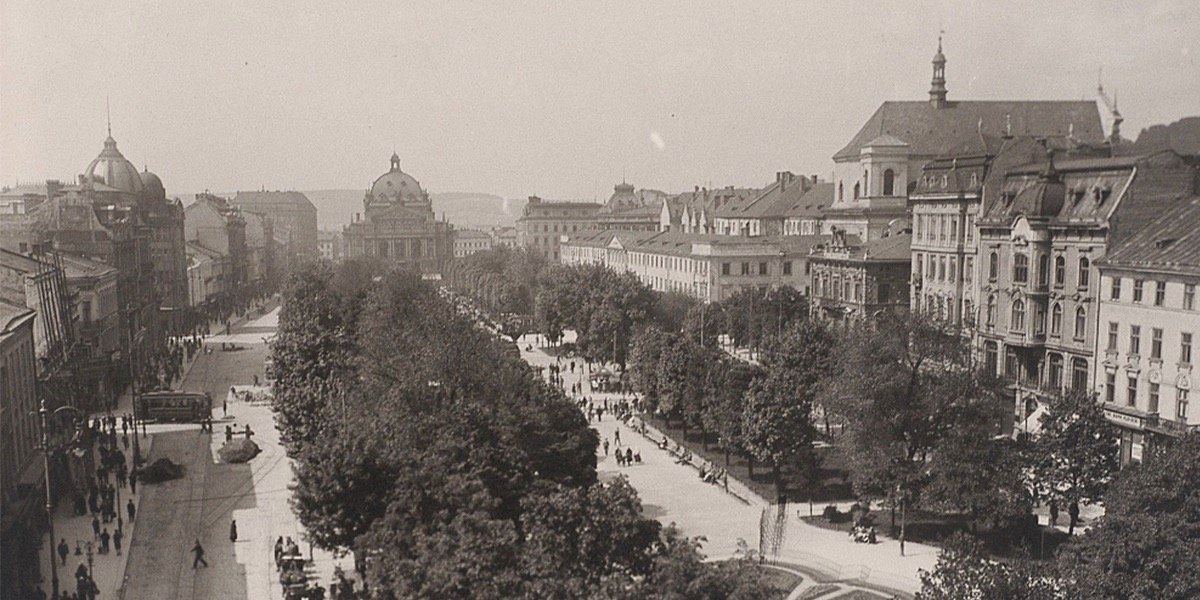
Russia sought to repress Ukraine’s political and cultural development. A policy known as Russification banned the use and study of the Ukrainian language, including a ban on the publication of all Ukrainian-language books and newspapers. Russia claimed a Ukrainian language “never existed, does not exist, and never shall exist”. Ukrainians were also pressured to convert to the Russian Orthodox faith, among many other repressive Russian efforts.
The Russian Empire collapsed on 15 March 1917. Just two days later, a revolutionary parliament, the Central Rada, was established in Kyiv on 17 March 1917. The Council aimed to establish Ukraine as a state within Russia and to solidify the Ukrainian people’s right to self-determination, paving the way for the Ukrainian War of Independence.
Rule of the Soviet Union
The Ukrainian War of Independence
The Ukrainian People’s Republic (UPR) declared full independence from Russia at the close of World War I in 1918. Russia’s Bolshevik government refused to recognise Ukraine’s independence and responded by launching a full-scale military attack. This marked the beginning of the Ukrainian War of Independence.
Ukraine allied with various key powers to resist the Bolshevik forces including Germany, Austria, and Poland. The Brest-Litovsk peace treaty was signed in 1918 between Ukraine and the central powers whereby Ukraine agreed to German and Austrian military intervention. Whilst this successfully drove the Bolsheviks out of Ukraine from 1918 to 1920, Germany interfered considerably in Ukraine’s political affairs and installed a pro-German puppet leader in place of the Central Rada.
By late 1920, the Bolsheviks had pushed back into Ukraine and captured key cities and territories. 1921 saw the Ukrainian War of Independence end with the Treaty of Riga, culminating in the division of Ukraine between Poland and Russia. The Ukrainian Soviet Socialist Republic was subsequently established, headed by Ukraine but heavily influenced by Russia. Ukraine officially re-entered the Soviet Union in 1922.
The Buildup to and Impact of World War II
One of the many atrocities endured by Ukraine under Soviet rule was the Holodomor forced famine. The Ukrainian population suffered a man-made famine during Stalin’s collectivisation campaign which culminated in the loss of around 4 million Ukrainian lives. Widely recognised as a genocide, Russia aimed to eliminate the Ukrainian people due to their resistance to Soviet rule.
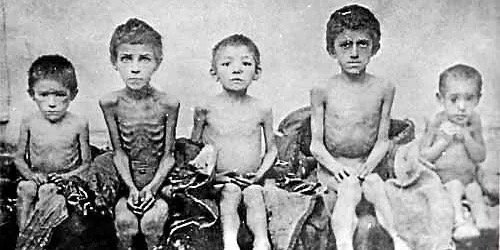
The tragedy of the Holodomor was followed by the Great Purge from 1936 to 1938. Stalin sought to consolidate his power by eliminating all perceived enemies and threats from throughout the Soviet Union. Hundreds of thousands of Ukrainians were victimised under this campaign, either through execution or deportation to work in Gulag labour camps.
At the outbreak of World War II, Germany and the Soviet Union signed the Molotov-Ribbentrop Pact in 1939, a non-aggression agreement containing a secret protocol partitioning central and eastern Europe between the two states. This pact was quickly abandoned on Germany’s invasion of the Soviet Union in 1941. Within the year, almost all of Ukraine was seized and occupied by Nazi Germany. The Babi Yar massacre followed: 34,000 Ukrainian Jews were murdered by Nazi death squads just outside of Kyiv, recognised today as one of the worst massacres of the Holocaust.
By the end of World War II in 1945, around 1 million Ukrainian Jews were killed, and over 5 million Ukrainians died fighting the Nazis. Ukraine’s total losses are estimated at around 8 million lives.
Post-War Ukraine Under Soviet Influence
With half-Ukrainian Krushchev in charge, the Soviet Union made a historic decision in 1954 to transfer Crimea to Ukraine as a gift. Armed resistance to Russia ended later that year. Despite this, covert opposition to Russia continued to increase throughout Ukraine through the 1960s, culminating in 1972 with the Soviet Union’s arrest of several hundred law-abiding Ukrainian dissidents, including prominent figures such as Vasyl Stus, Ivan Svitlychny, Vyacheslav Chornovil, and Yevhen Sverstiuk. Arrested individuals faced harsh sentences in Soviet prison camps and suffered severe physical and psychological torture. This took place as part of a broader effort to suppress anti-Soviet movements.
Infamously, a reactor at the Chernobyl Nuclear Power Plant in northern Ukraine exploded in 1986. Although the explosion was accidental, the subsequent aftermath and attempted coverup was dire. Though the secrecy and mismanagement with which the matter was handled was highly characteristic of Russian-influenced Soviet governance, many debates regarding responsibility and financial accountability for the disaster have since occurred between Russia and Ukraine. This has markedly increased tensions between the two countries and contributed to the ongoing conflict.
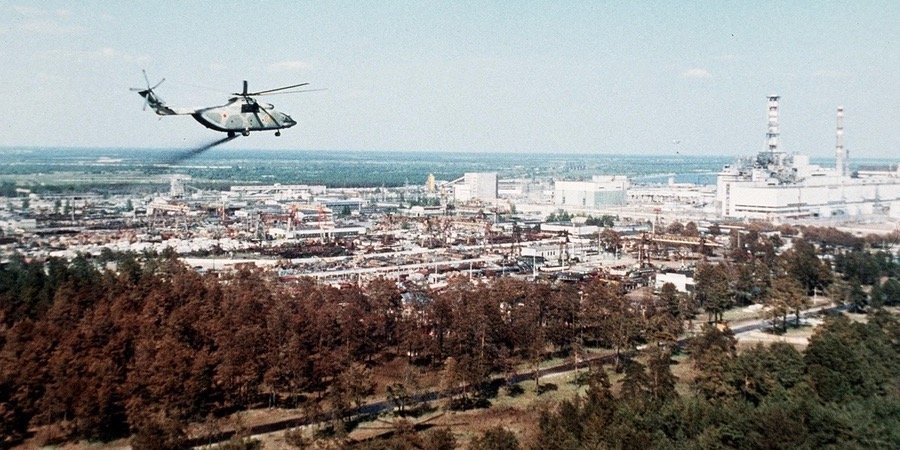
Verkhovna Rada, the parliament of Ukraine which still operates today, was established in 1991 and, with this, Ukraine declared its independence. Subsequently, parliament held a Ukrainian independence referendum, which found that an overwhelming 92% majority of voters approved the declaration. Various factors including democratisation, economic challenges, and the Chernobyl disaster led to the collapse of the Soviet Union later that same year.
Ukrainian Independence
The Orange Revolution
In 1994, a few years after Ukraine declared their independence, Ukraine agreed to surrender their nuclear weapons to Russia. In return, Russia swore to respect “existing borders” and the US made Ukraine a major recipient of its foreign aid.
The Verkhovna Rada passed a new constitution in 1996, under which the Ukrainian government announced their decision to launch a formal bid to join NATO in 2002. However, this supposedly democratic new process was not free from Russian interference. When the parliamentary election of 2002 resulted in a hung parliament, widespread election fraud was alleged against pro-Russian President Kuchma. When pro-Russian, Putin-backed Yanukovych won the presidential elections in 2004, opposition leader Yushchenko launched the Orange Revolution: a mass protest campaign responding to the alleged corruption, voter intimidation, and election fraud of the early 2000s. The campaign brought Ukraine to the brink of a civil war.
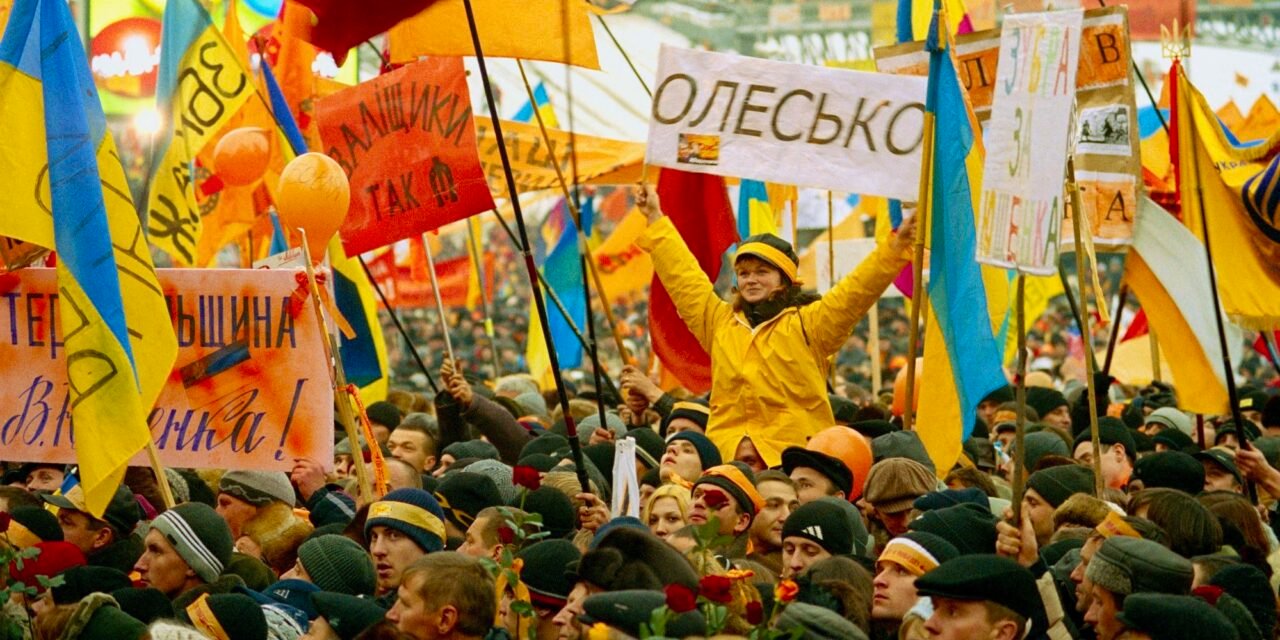
Ukraine endured almost three months of demonstrations and political upheaval under Yushchenko’s Orange Revolution. This period of turmoil and upheaval ultimately led to the Ukrainian Supreme Court annulling the election results. Yushchenko won a fair presidential election re-run in 2005.
Despite the efforts of the Orange Revolution, Yanukovych regained his position as President in the 2010 presidential elections. Later that year, Parliament voted to abandon Ukraine’s NATO membership aspirations, and in 2013 Ukraine pulled out from a planned association agreement with the EU just days before the scheduled signing. Blaming Russian pressure and control, the Ukrainian people were outraged at Ukraine’s decisions to step away from allyship with the west. Swathes of protesters banded together in late 2013 in resistance to the decisions in an uprising which laid the groundwork for the Russo-Ukrainian War.
The Maidan Uprising
Late 2013 to early 2014 was a time of extreme political turmoil and civil unrest in Ukraine. Extensive protests, which came to be collectively known as the Maidan Uprising, waved through the country. Demonstrations were concentrated in Kyiv in Independence Square, also known as Maidan Nezalezhnosti.
With civil frustrations mounting, demonstrations turned to riots in January 2014. Yanukovych signed a series of laws on 16th January restricting the Ukrainian people’s right to protest, in direct contradiction with article 11 of the European Convention on Human Rights. This only worsened matters: hundreds of thousands of Ukrainians took to the streets to join the movement in response.
The first two fatalities of the uprising occurred on 22nd January when two protesters were killed in Kyiv by police, coinciding on the day the anti-protest laws came into force. Demonstrations continued to increase in scale and severity, even spreading to historically pro-Russian eastern Ukraine. In a surprise move, Parliament held an emergency debate on the crisis and voted to abolish the anti-protest laws less than two weeks after their introduction.
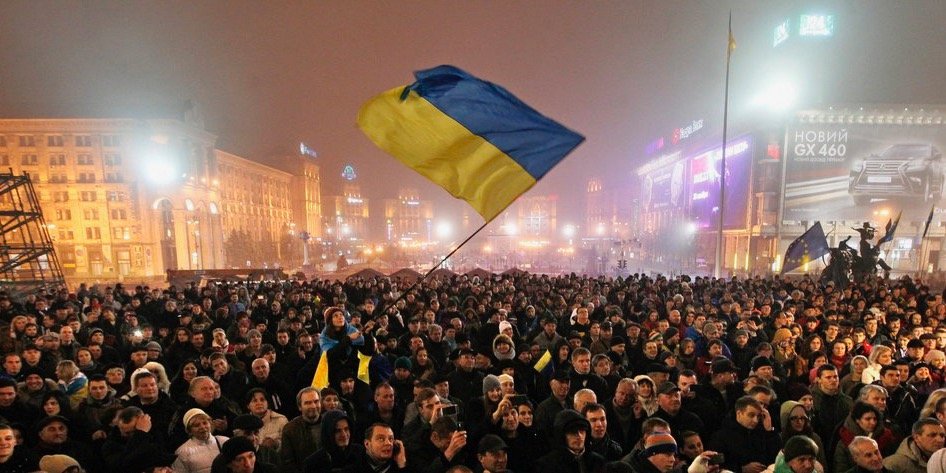
Unfortunately, abandoning the anti-protest laws did not reduce tensions as desired. Instead, the conflict continued to intensify, reaching its climax in February 2014. On 18th February, government forces attempted to reclaim Independence Square by force. More than 20 Ukrainians were killed and hundreds were wounded by police and government forces. The violence continued to escalate, with officials opening fire on crowds of protesters on 20 February.
Finally, an agreement between Yanukovych and opposition leaders was brokered by the EU and signed on 21 February. It declared that an interim unity government, meaning a coalition between all of Ukraine’s political parties, would be formed, and early elections would be called. Sensing his impending fate, Yanukovych made the surprising decision to flee to Russia the following day. On 24 February, the unity government charged Yanukovych with the mass murder of the Maidan Uprising protesters who lost their lives, and issued a warrant for his arrest.
The Russo-Ukrainian War
Annexation and Separatism
In a tactically significant move, Russian troops took control of the Ukrainian peninsula of Crimea in March 2014. Given the area’s predominantly ethnic Russian population, President Putin claimed the need to protect the rights of Russian citizens in Crimea. Though the authenticity of the result was widely disputed, a subsequent local referendum determined the majority of Crimeans wished to join the Russian Federation. Following this, Russia formally annexed Crimea, with Putin and the leaders of Crimea signing a bill to absorb the peninsula of Crimea into Russia. This illegal annexation marked the beginning of the Russo-Ukrainian War.
Meanwhile, the Donbas region of eastern Ukraine became the subject of a separatist revolt promoted by Russia. Russian troops moved into and seized parts of the pro-Russian Donetsk and Luhansk regions on the Russian border. Russia claimed to have control of 93% of Luhansk and 54% of Donetsk by the end of March, though this was likely an exaggeration. In response, Ukraine’s National Security and Defence Council launched an anti-terrorist operation against the Russian occupiers in April 2014.
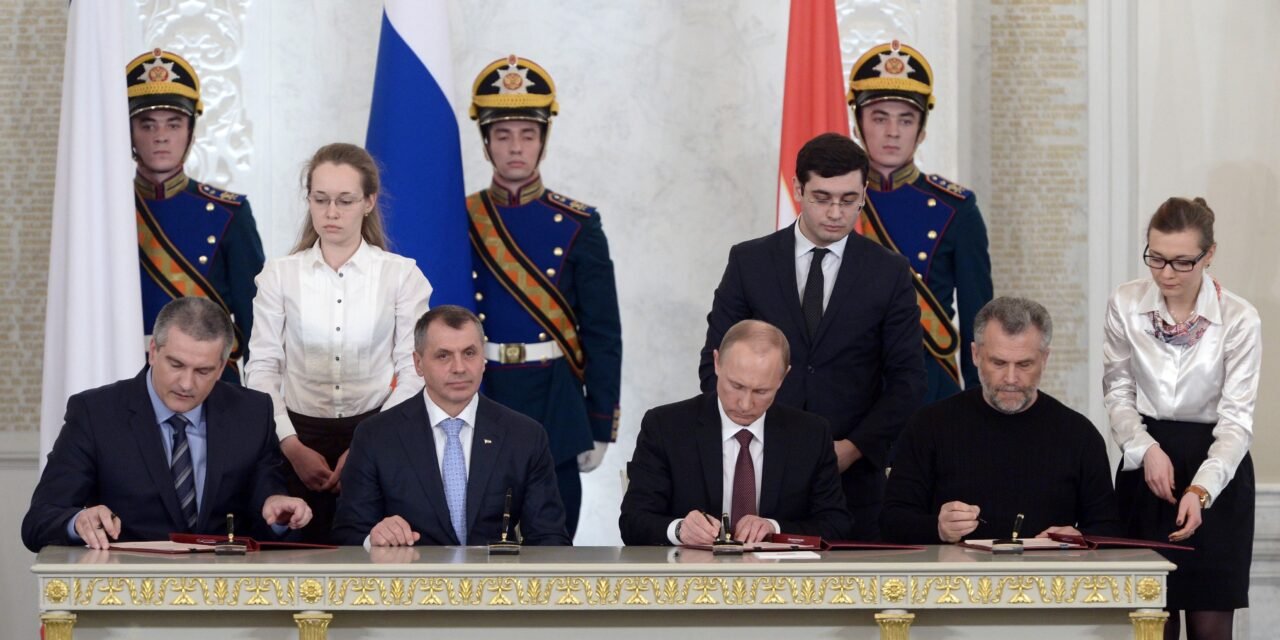
Regional government buildings in Donetsk, Luhansk, and Kharkiv were appropriated by pro-Russian separatists in April 2014; locals called for a referendum on independence. The results of the Donbas independence referendum showed a landslide victory for the separatists in favour of “self-rule” in May 2014. However, Ukraine and western countries condemned the vote and questioned its legitimacy. Though not recognised by Ukraine and western countries, the Donetsk People’s Republic and Luhansk People’s Republic were later established by Russia, fuelling an ongoing war in the Donbas region. The Donbas conflict lasted until, and enabled, Russia’s full-scale military invasion of Ukraine eight years later.
In a tragic turn of events, the height of the Donbas conflict coincided with Russia’s downing of Malaysian airliner MH17 on its flight path over the eastern Ukrainian conflict zone in July 2014. All 283 passengers died, including 80 children and 15 crew members.
Allyship with NATO
In recognition of the increasing threat posed by Russia, Ukraine’s allyship with the EU and NATO increased considerably following the illegal annexation of Crimea. June 2014 saw the EU sign a landmark partnership agreement with Ukraine to ally the country more closely with the west, an agreement which was, of course, denounced by Putin.
Despite a truce agreement being signed between Russia and Ukraine in September 2014, known as the first Minsk Agreement, NATO witnessed Russian tanks, artillery, and combat troops entering Ukraine in the November of the same year. In its place, a new ceasefire deal, known as the second Minsk Agreement, was later signed by Russia, Ukraine, and NATO in February 2015. Unfortunately, despite Ukraine’s compliance, Russia repeatedly disregarded the agreement in the months and years that followed.
Also in February, Operation Orbital was launched by the UK. Thousands of UK personnel were deployed to Ukraine over a period of 7 years to provide medical, logistics, infantry, and intelligence capacity-building training to the armed forces of Ukraine. By the scheme’s conclusion, over 20,000 Ukrainian military personnel had received professional training from UK military forces.
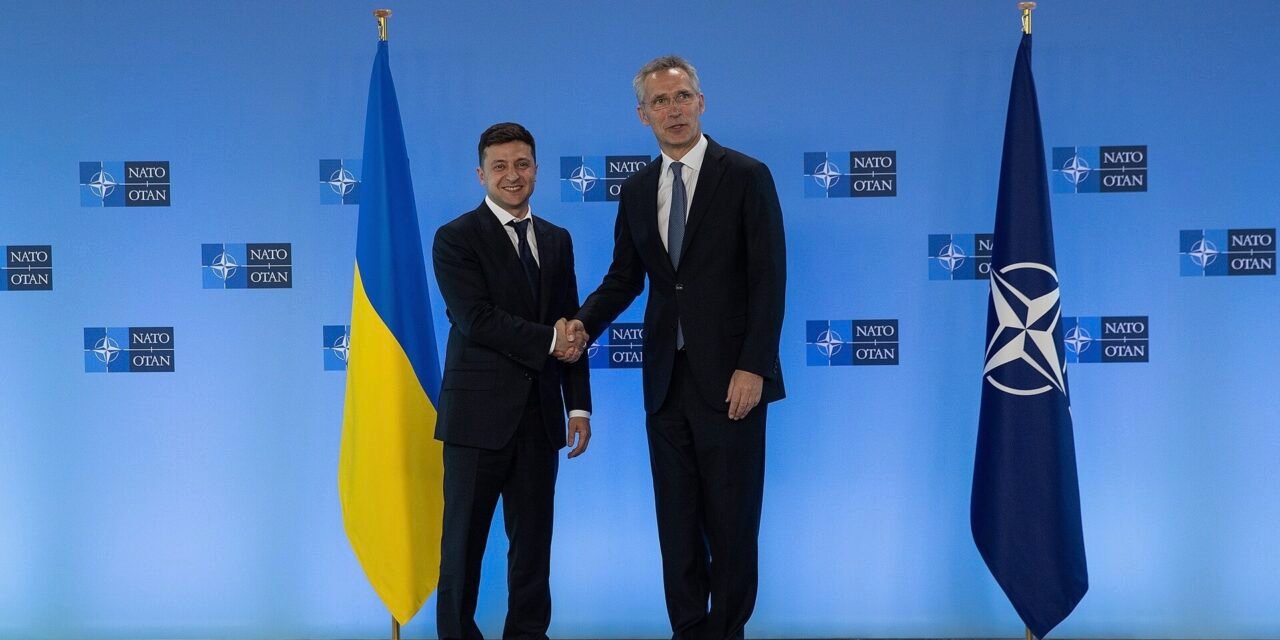
NATO membership became an increasing priority for Ukraine in the face of armed conflict with Russian. In June 2017, the Ukrainian Parliament voted to restore the country’s NATO membership. Ukraine’s association agreement with the EU was ratified by all signatories that month, entering into force in September 2017. Ukraine’s constitutional amendment to set NATO membership as a strategic foreign and security policy entered into force in February 2019. Furthermore, Ukraine received NATO Enhanced Opportunity Partner (EOP) status in June 2020. As part of NATO’s Partnership Interoperability Initiative, this status aims to strengthen and solidify Ukraine’s cooperation and solidarity with NATO.
Whilst Ukraine worked to strengthen its ties with the NATO countries, Russia masterminded a 12-mile bridge between Crimea and the Russian mainland across the Kerch strait. Construction began in February 2016 and inauguration occurred in May 2018. Ukraine denounced Russia’s construction of the bridge for its flagrant disregard for international law. With the bridge’s construction came an increase in Russian military presence in the Sea of Azov, and therefore an increase in Russia’s control of this sea. Russia have gone to great lengths to control these waters, including limiting and entirely stopping ships from accessing the Sea of Azov.
Russia’s Invasion of Ukraine
With the world watching, Russia renewed their military activities on the Ukraine border and in Crimea in April 2021. The build-up of military personnel and military equipment was seen as a cause for great concern by NATO, who began emergency discussions on the massing of Russian troops near the Ukrainian border by mid-April. Russia raised tensions further by announcing the beginning of mass military drills in September, known as Zapad-2021. By mid-November, nearly 100,000 Russian soldiers had amassed.
Having been urged by the west to de-escalate through diplomatic channels, Russia provided a contentious list of de-escalation demands in December 2021. The demands included a legally binding guarantee that Ukraine will never gain NATO membership and that NATO will give up any military activity in eastern Europe and Ukraine. This highly controversial and provocative ultimatum was severely rebutted by NATO and the west, who refused to compromise on the “key principles on which European security is built”. Ukraine highlighted its “exclusive sovereign right” to run its own foreign policy, and Russia was reminded that it is not a NATO member and therefore does not decide on NATO matters.
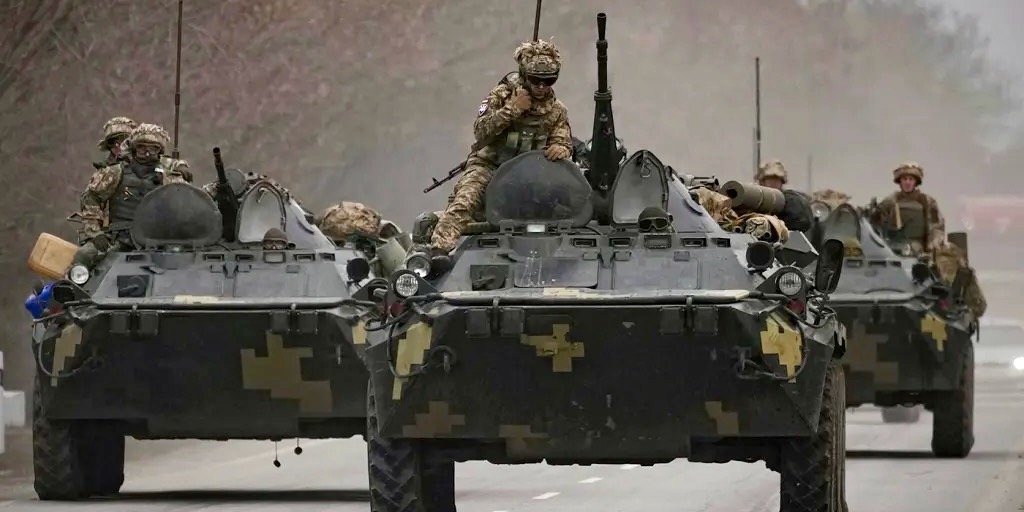
With the chances of a compromise seeming slim, Ukraine and the west began to brace for the worst, with NATO reinforcing its eastern borders with warships and fighter jets in late January 2022. Russia launched the largest military exercise since the Cold War in early February involving 30,000 military personnel, six warships, warplanes, missile launchers, and live-fire exercises. Within the following week, Russia has amassed around 180,000 troops on the Ukrainian border and in annexed Crimea. The terrified Ukrainian population prepared for a devastating war, and parliament voted to approve a state of emergency decree on 23 February.
Ultimately, on the morning of 24 February 2022, Russia began its full-scale military invasion of Ukraine.
The United Nations has estimated that approximately 14.3 million people will require humanitarian aid as a result of the war in Ukraine. If you wish to support those affected by the catastrophic impact and consequences of the Russo-Ukrainian War, consider volunteering with or donating to one of the following organisations.
